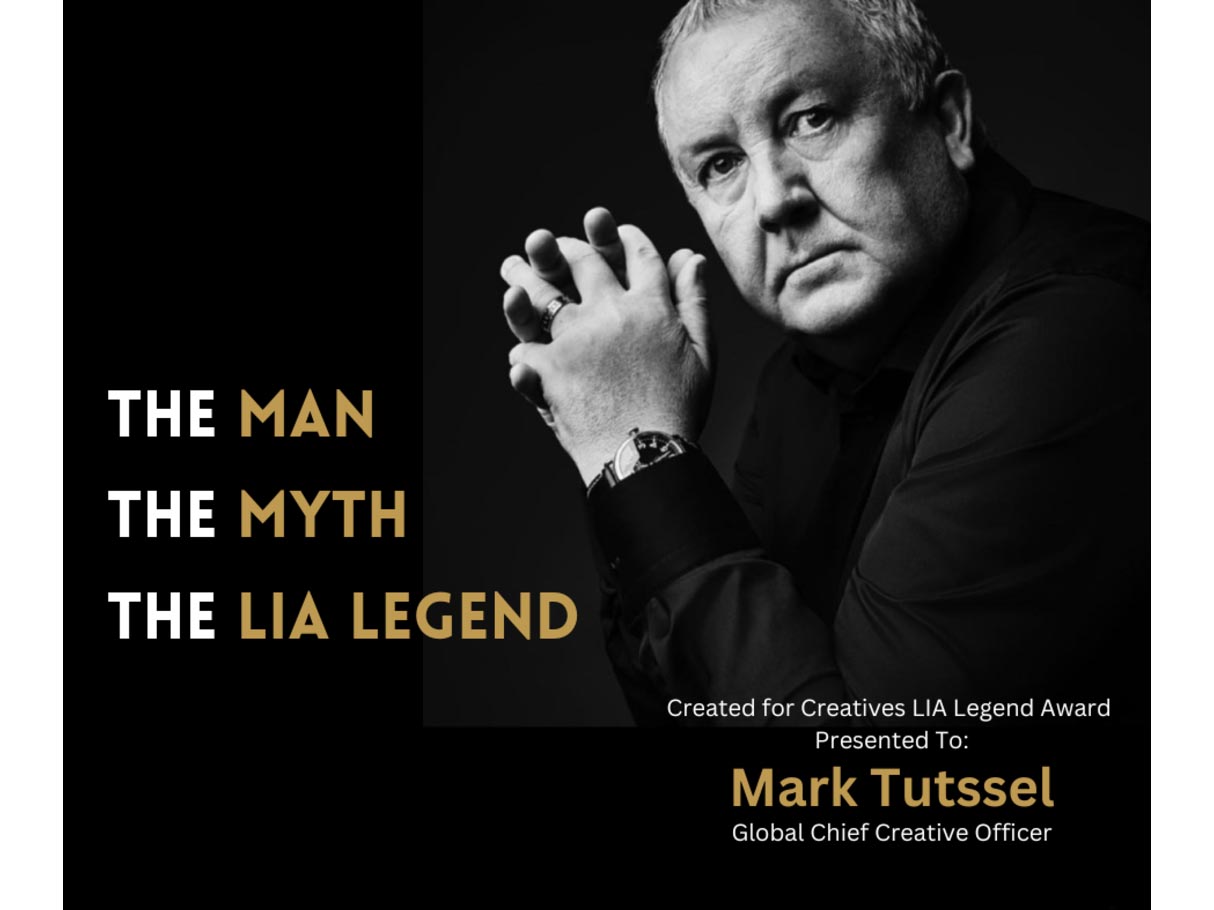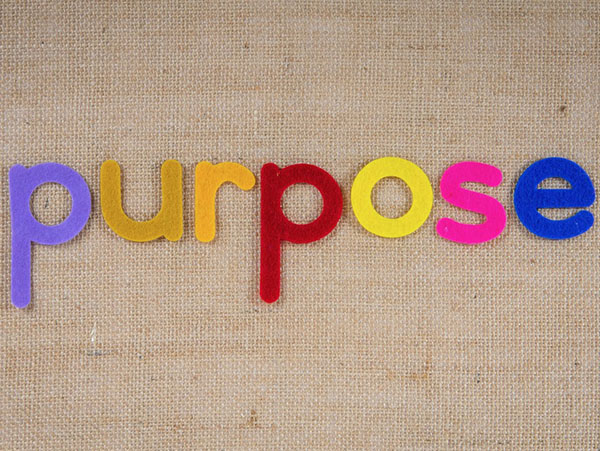Industry Talk
Jo Chemali on measuring the value of PR
by Iain Akerman
September 20, 2017
.jpg) Advertisement
AdvertisementFor all the talk of PR’s importance and its claims of marketing and communications supremacy, measuring its effectiveness is a bone of contention.
David Michaelson and Donald Stacks, authors of A Practitioner’s Guide to Public Relations Research, Measurement and Evaluation, once stated that “public relations practitioners have consistently failed to achieve consensus on what the basic evaluative measures are or how to conduct the underlying research for evaluating and measuring public relations performance”.
With the scope of public relations now greatly enlarged, it has become difficult to evaluate outcome and its value to an organisation, and also to achieve industry-wide consensus on any form of standardised measurement. Views, likes, followers, comments, fans, clickthroughs and downloads have complicated what used to be a relatively straightforward case of measuring traditional media relations.
“As a core objective of public relations, we aim to alter, reinforce, or maintain a certain perception attributed to a brand through the different uses of PR tools,” says Jo Chemali, managing director for the Levant at MSL Group Middle East. “The tricky part is when the time comes to measure whether or not that perception has truly been affected.”
“The fact that most PR activations and campaigns are migrating toward the digital sphere because of its very high efficiency and cost effectiveness, monitoring and measuring perception is now limited to social media and online platforms,” he adds. “This is great, as public engagement is rather quantified and not scattered around different platforms. Measurement can now be more intricately assessed and calculated.
“However, even though the digital sphere has helped clear out some blurred lines when it comes to measuring perception, the main issue here still revolves around the accuracy of the formulae that we use, and whether or not all PR agencies use the same methods of measurement. Unifying methods of measurement will help PR agencies create precise benchmarks to better evaluate their work in a universal manner.”
Chemali believes a board of PR authorities should be formed to commission the usage of a set of formulae to properly measure offline and online PR perceived values. Yet this is probably a long way off.
Jim Macnamara, a professor at the University of Technology in Sydney, has previously stated that agencies should invest at least 10 per cent of their budget in measurement. Yet hardly any do this in the region.
“PR measurement is not a standardised practice and the industry is in a fluid state at the moment due to the changes that we are seeing – primarily as a result of the fourth industrial revolution,” says Chemali. “Having said that, PR agencies are creating their own tools to ensure measurement and results-driven campaigns.
“Where the disconnect happens… is that there is a lack of method, procedure, classification and standards in the industry, and many agencies rely on third party suppliers for evaluation of work. What we need to do is ensure taxonomy within our own shops first and create best practice case studies in order to drive industry-wide adoption, and to standardise the practice. However, we have to ensure that customer requirements are top of mind, and that the measurement in place is created to serve their interests first.”




.jpg)










